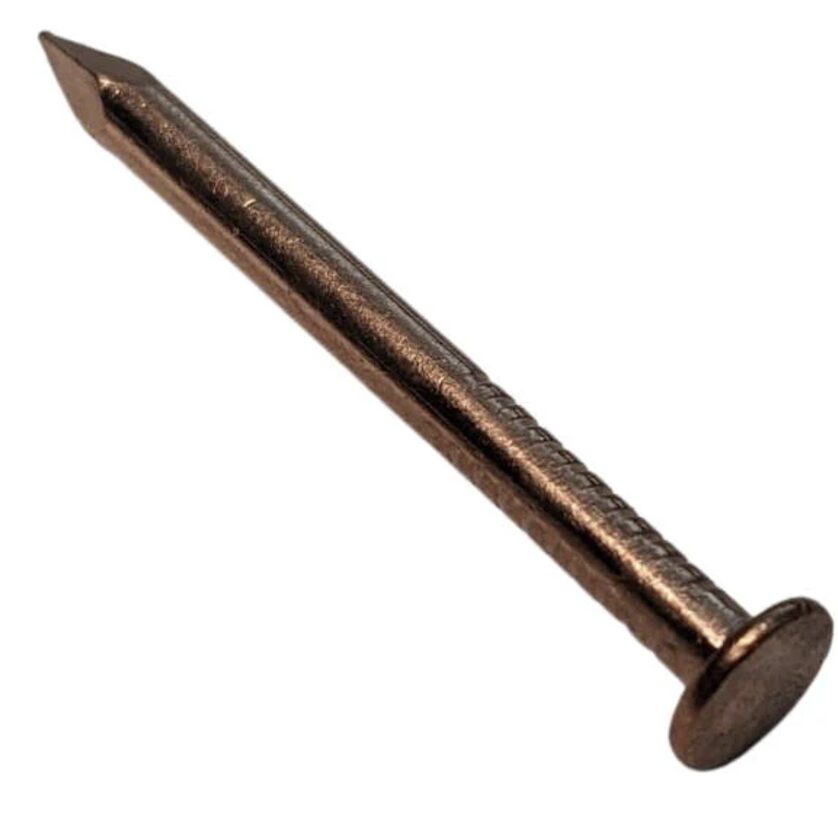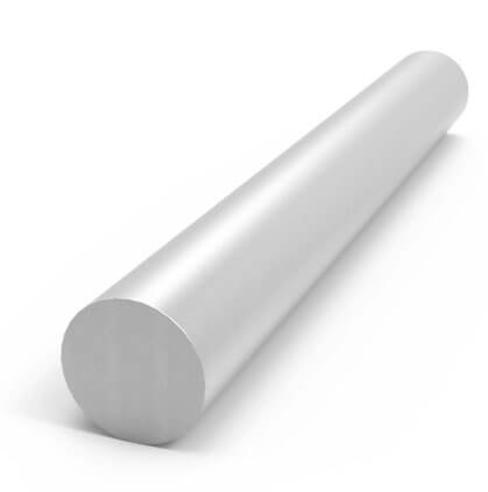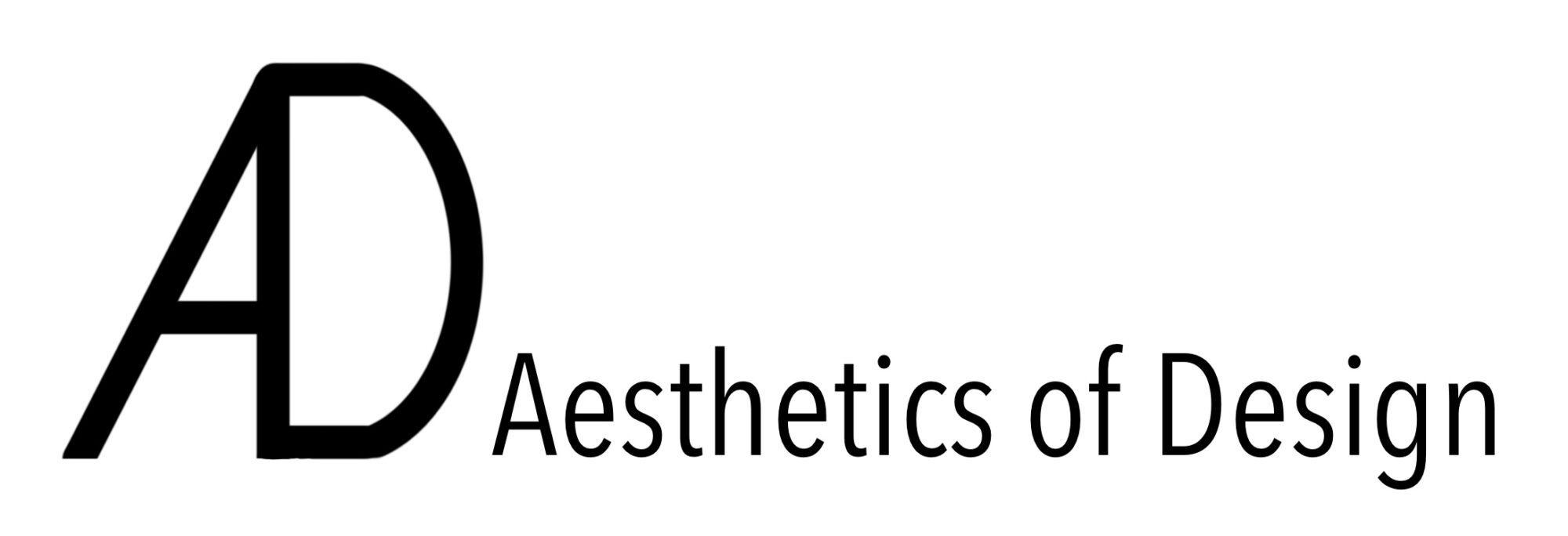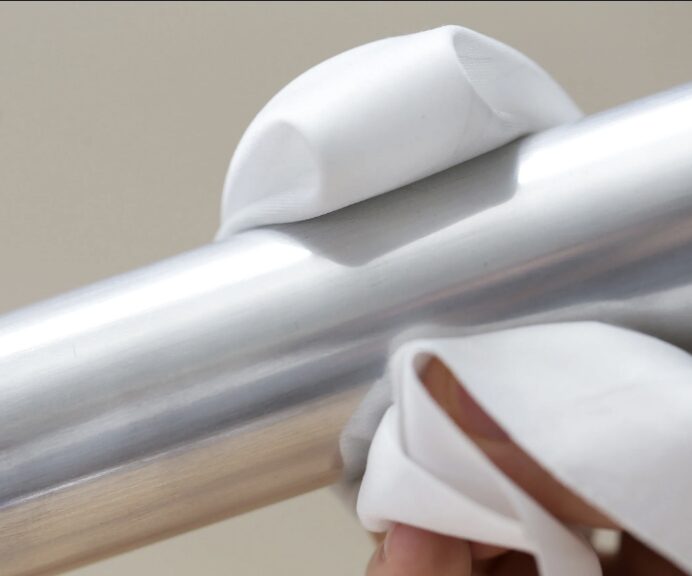Determining specifications and constraints is a very important part of any design process. In this blog post, I will detail my top 5 of each.
First, the specifications:
1: First and foremost, the flint knapping tools should function. As a tool, the most important job is to perform its job well, especially a custom tool like this. It should work better than the cheaper, store-bought tools and should be a pleasure to use. I will make sure this happens by being caareful with my design and manufacturing everything accurately so it is easy to change the tool’s copper tips.
2. Next, this being an aesthetics class, means that the tools must portray the target aesthetic and be pleasant to look at and hold. They will be machined carefully to ensure they are sleek and smooth and look futuristic. Additionally, the material choice of aluminum will make them feel smooth and light in the hand, while also being sturdy and substantial (because they are essentially one consistent piece of metal).
3. Durable. They must be extremely durable as they are made to be pressed into stone pretty forcefully. To make sure it is durable, the hole for the copper tips must be centered, and the exact right size so that the tip doesn’t wobble or loosen.
4. Easy to transport. I enjoy flint knapping in nature, so this often requires me to put the tools and stone in a backpack and drive/hike somewhere to find some peace and quiet. I will make a carrying sack to transport the tools easily, ensuring that none of them can fall out, get lost, or damage my backpack.
5. Lastly, the tools must be easy to use. Specifically, the set screw that holds the copper tips in needs to be smooth but stay in place when tightened down. I will make sure it works correctly by tapping the hole very carefully.
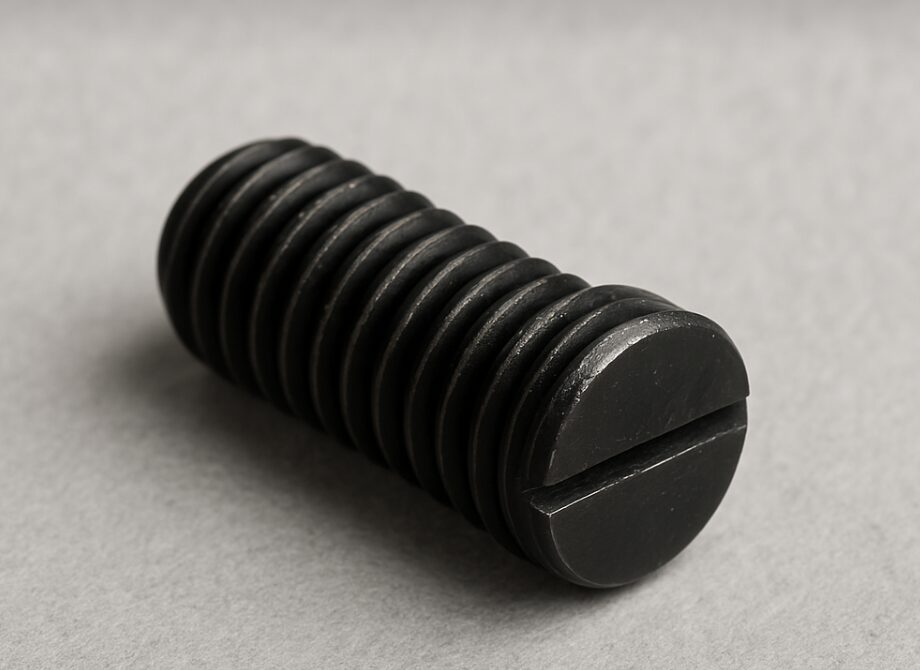 .
. 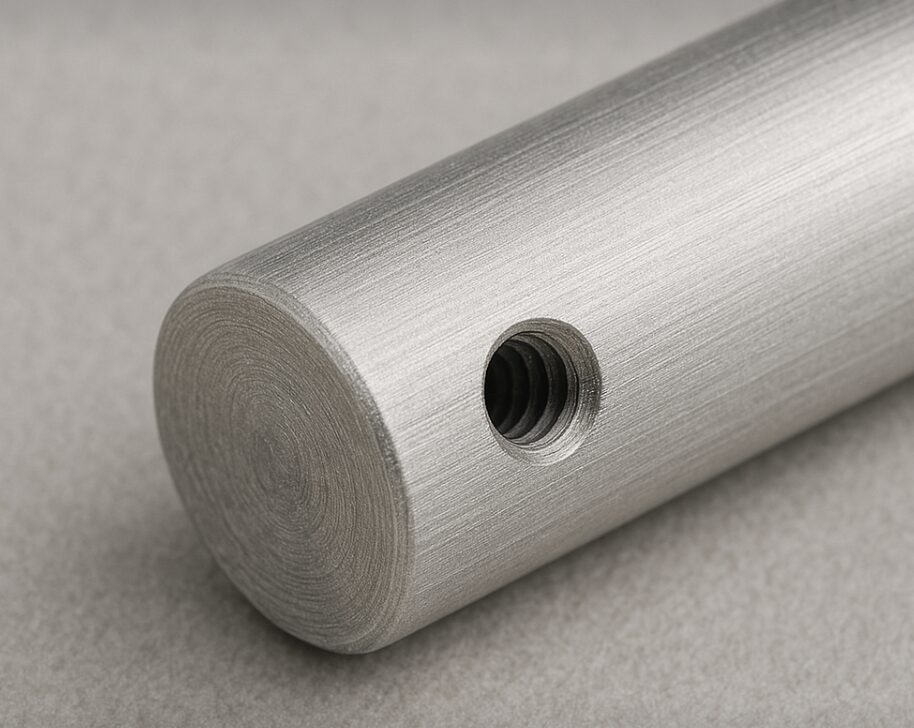 .
. 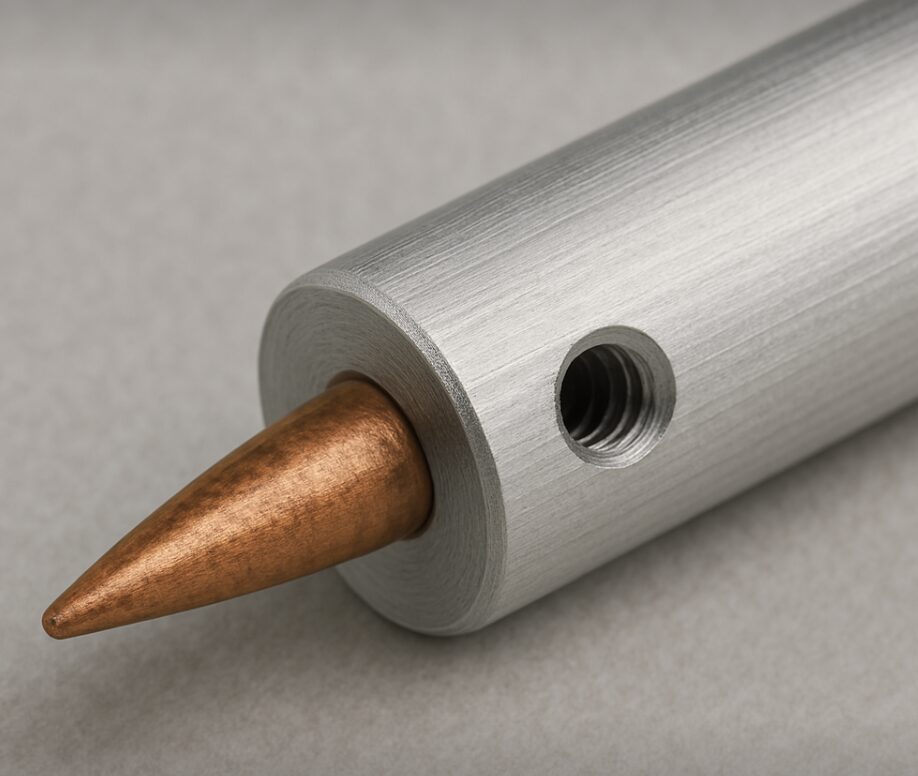
(images generated by chatgpt)
Next, the top 5 constraints:
1. Time. Time is the largest constraint because school is getting very busy with component design manufacturing, and exams in every other class. I will work around this by setting aside time on friday when I would usually be chilling and work in the ITLL machine shop.
2. Supplies. I need to make sure to source affordable yet quality materials. This is difficult because small orders of aluminum can be expensive compared to bulk, but I believe I have found good materials at a reasonable price.
3. Facilities. Hopefully the manufacturing center at the ITLL will have all of the tools needed including the correct size tap for the set screw.
4. Skills. I will need to learn how to knurl so i can add grip to the handles. I will probably practice on some scrap aluminum to make sure I don’t mess it up on the real thing. I know how to do everything else.
5. Ideas. I was thinking about doing a third tool but I can’t figure out what else to make. Will update if I come up with something.
In conclusion, these specifications and constraints are very important to take into account while designing and manufacturing these tools, hopefully it all goes smoothly. (images below from eagle aluminum and fair wind fasteners)
